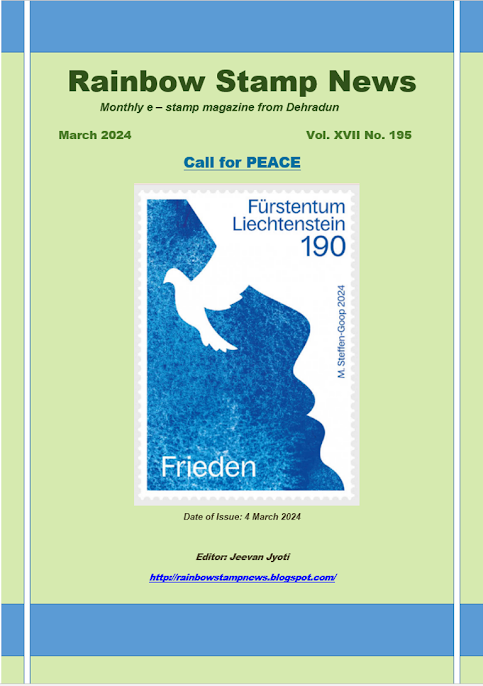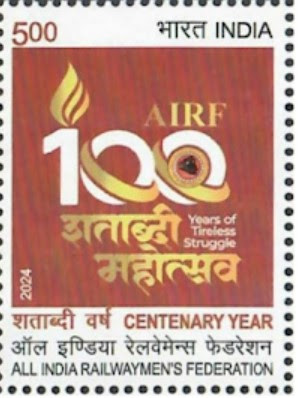Drought in India – Nature’s Fury
United Nations released this stamp on 21st Apr 2005, depicting children in India collecting water during a drought, as part of the Nature's Wisdom /Events as part of Meteorology.
Drought in India has resulted in tens of millions of deaths over the course of the 18th, 19th, and 20th centuries. Indian agriculture is heavily dependent on the climate of India: a favorable southwest summer monsoon is critical in securing water for irrigating Indian crops. In some parts of India, the failure of the monsoons result in water shortages, resulting in below-average crop yields. This is particularly true of major drought-prone regions such as southern and eastern Maharashtra, Karnataka, Andhra Pradesh, Orissa, Gujarat, and Rajasthan.The World Record of Drought was in 2000 in Rajasthan, India
In the past, droughts have periodically led to major Indian famines. All such episodes of severe drought correlate with El Niño-Southern Oscillation (ENSO) events. El Niño/La Niña-Southern Oscillation, or ENSO, is a quasiperiodic climate pattern that occurs across the tropical Pacific Ocean roughly every five years. The Southern Oscillation refers to variations in the temperature of the surface of the tropical eastern Pacific Ocean (warming and cooling known as El Niño and La Niña respectively) and in air surface pressure in the tropical western Pacific. The two variations are coupled: the warm oceanic phase, El Niño, accompanies high air surface pressure in the western Pacific, while the cold phase, La Niña, accompanies low air surface pressure in the eastern Pacific. Mechanisms that cause the oscillation remain under study.
El Niño-related droughts have also been implicated in periodic declines in Indian agricultural output. Nevertheless, ENSO events that have coincided with abnormally high sea surfaces temperatures in the Indian Ocean—in one instance during 1997 and 1998 by up to 3 °C (5 °F)—have resulted in increased oceanic evaporation, resulting in unusually wet weather across India. Such anomalies have occurred during a sustained warm spell that began in the 1990s. A contrasting phenomenon is that, instead of the usual high pressure air mass over the southern Indian Ocean, an ENSO-related oceanic low pressure convergence center forms; it then continually pulls dry air from Central Asia, desiccating India during what should have been the humid summer monsoon season. This reversed air flow causes India's droughts. The extent that an ENSO event raises sea surface temperatures in the central Pacific Ocean influences the degree of drought.
The extremes of this climate pattern's oscillations, El Niño and La Niña, cause extreme weather (such as floods and droughts) in many regions of the world. Developing countries dependent upon agriculture and fishing, particularly those bordering the Pacific Ocean, are the most affected. In popular usage, the El Niño-Southern Oscillation is often called just "El Niño". El Niño is Spanish for "the little boy" and refers to the Christ child, because periodic warming in the Pacific near South America is usually noticed around Christmas.
- Kenneth Sequeira - Dubai, United Arab Emirates
e - mail : kenneth.sequeira@hotmail.com
Calligraphy
This stamp of BELGIUM on Calligraphy 5v in booklet was issued on 13-02-2012 .One stamp in this issue shown above features Indian Calligraphy.
: Leeza Padhi – Cuttack ( Orissa) e -mail : leezapadhi@gmail.com
Press Clippings..
This news item published in Deccan Chronicle an English daily from Hyderabad on 29.08.2009, regarding the error on Saint Alphonsa stamp of India. The stamp was issued on 16.11.2008.
: K. Venkat Rao – Berhampur – Ganjam ( Orissa)





















.png)













No comments:
Post a Comment